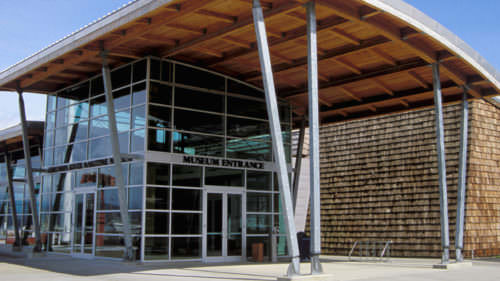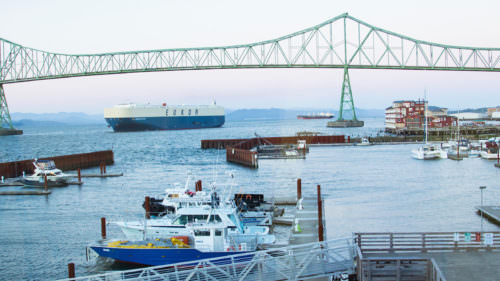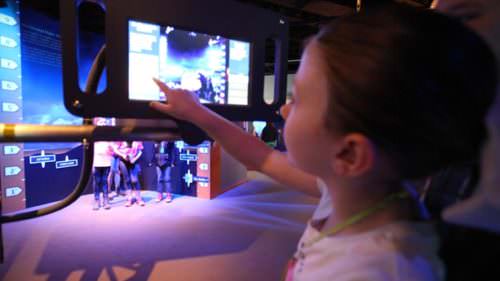The Columbia River has been a vital source of food, fresh water, transportation and trade for thousands of years. Its stories come to life at the Columbia River Maritime Museum in Astoria, not far from where the river meets the Pacific and completes its 1,243-mile journey through the Northwest. First opened in 1963, the museum moved to its current location along Astoria’s riverfront in 1982, and it’s been growing and improving ever since. Here’s what visitors can see and experience on their next visit.
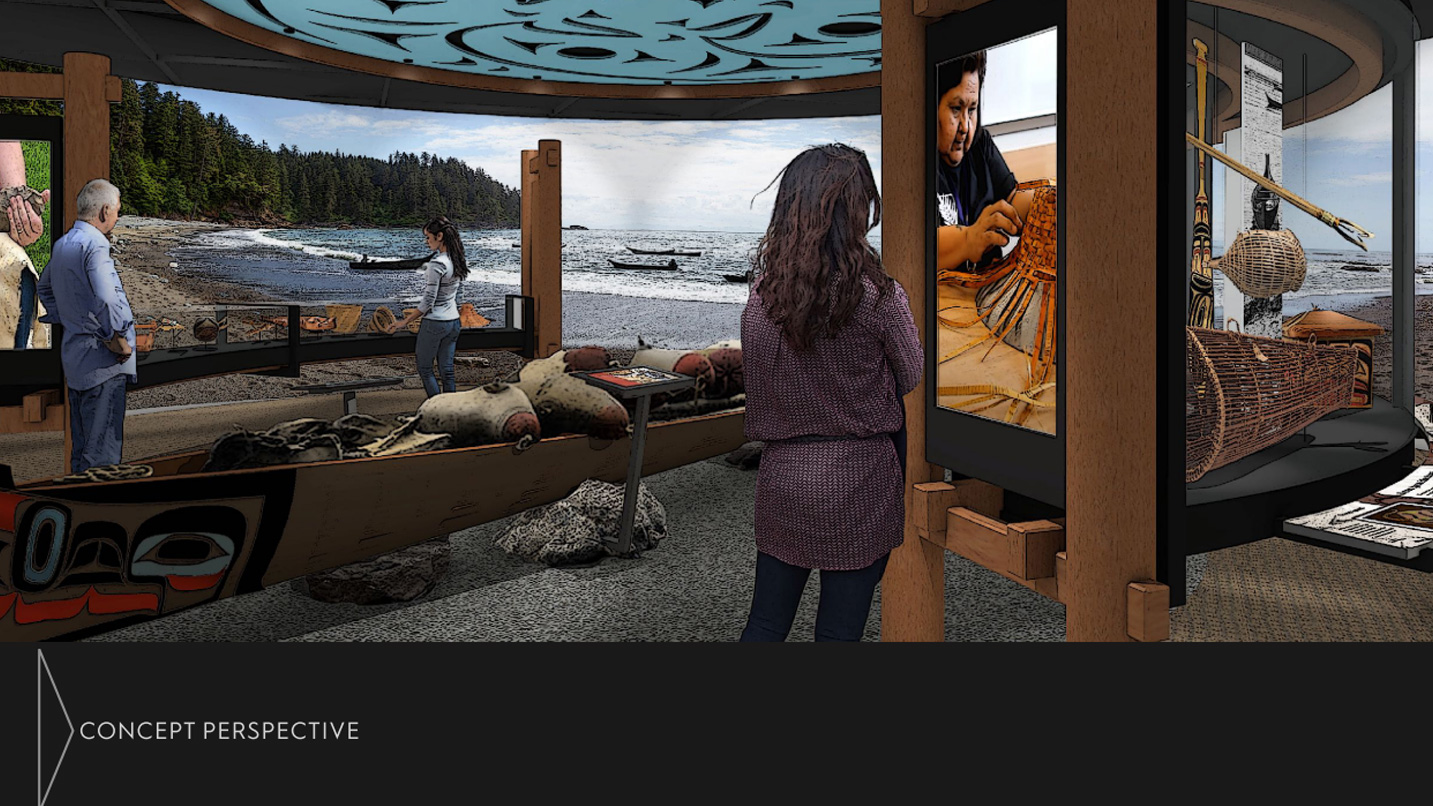
An Expanded Museum for Oregon’s Largest River
Like the river itself, the museum is never static. Spread across a 13-acre campus, indoor and outdoor exhibits range from an interactive simulator that lets you guide a tugboat to an actual vessel that you can tour docked out back. In fall of 2024, the museum unveils its largest expansion in decades.
Visitors can experience two new galleries dedicated to Indigenous exhibits and soon, a new Mariners Hall — a two-story, 26,000-square-foot building that will provide much-needed space to exhibit the museum’s collection of historic boats and hundreds of other artifacts currently in storage. The expansion quadruples the number of vessels the museum can display to the public at one time, each with a story about life on the Columbia. Together the improvements will make for a more cohesive campus and a more interactive, accessible experience for visitors of all ages.
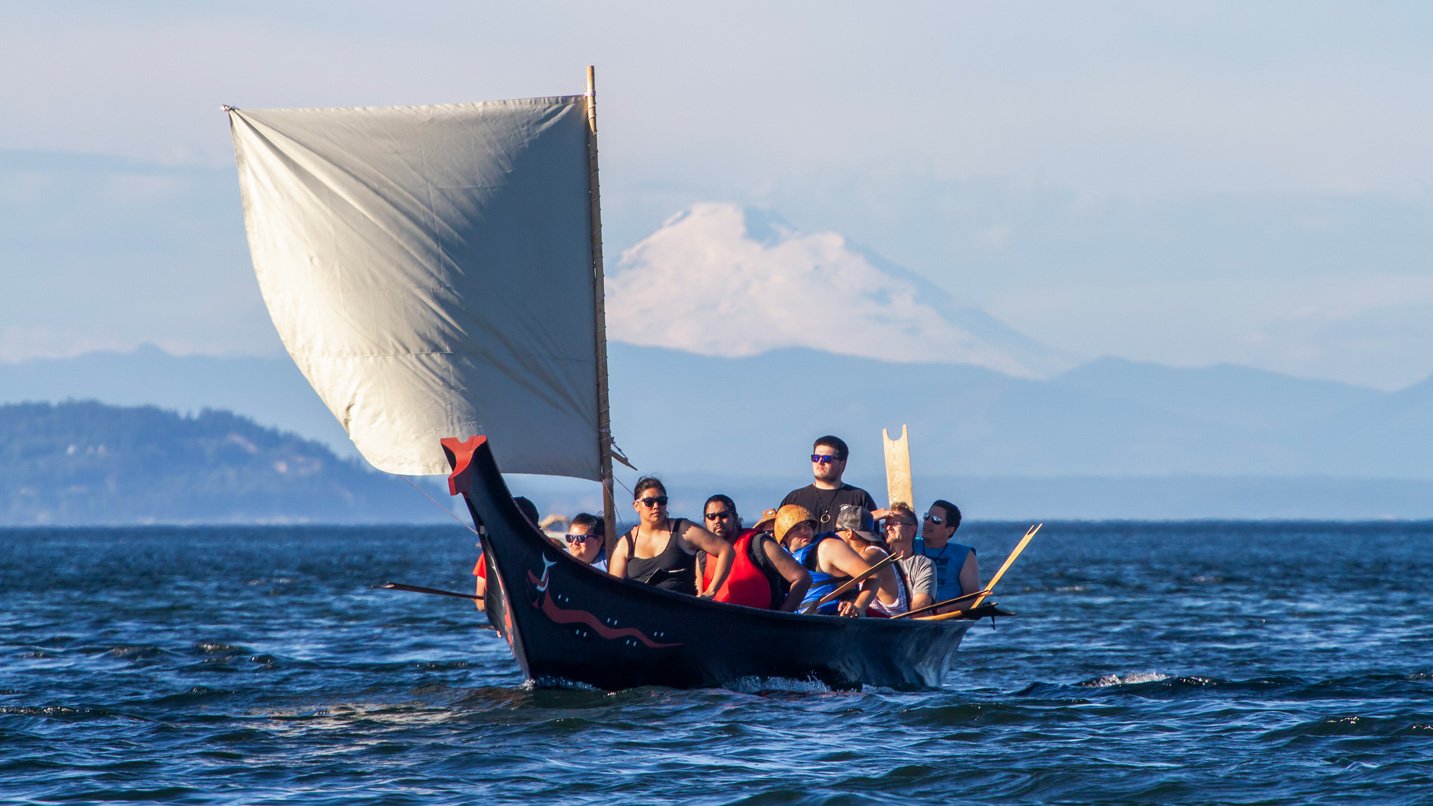
Viewing the Columbia From a Tribal Perspective
The new Indigenous exhibits focus on the oldest and indelible maritime cultures of the Northwest. “ntsayka ilíi ukuk” (“This Is Our Place”) shares the maritime traditions and living culture of the Chinook Indian Nation of the Lower Columbia. Through video presentations by tribal members and the photography of Amiran White, you’ll get insights into a salmon ceremony, the annual canoe journey and other enduring traditions that connect the Chinook people to their homeland. The tribal canoes from Canoe Journey are slated to be on display in the exhibit after each canoe season. The exhibit will evolve over time, with changing displays and presentations that give greater voice to the Chinook Indian Nation.
“Cedar and Sea” is the museum’s newest permanent exhibit. It celebrates the deep connection between Northwest coastal tribes and their maritime environment, sustaining the rich, complex cultures that have prospered for thousands of years. You’ll learn how tribes make the most of the region’s natural wealth, blending old and new knowledge, tools and technologies to enhance their art and their daily living. The exhibit showcases a traditional canoe carved from a single cedar trunk, as well as contemporary works of shell, wood, stone and other natural materials contributed by contemporary Indigenous artists. In videos sprinkled throughout the hall, present-day knowledge givers speak to their tribe’s heritage and ongoing traditions.
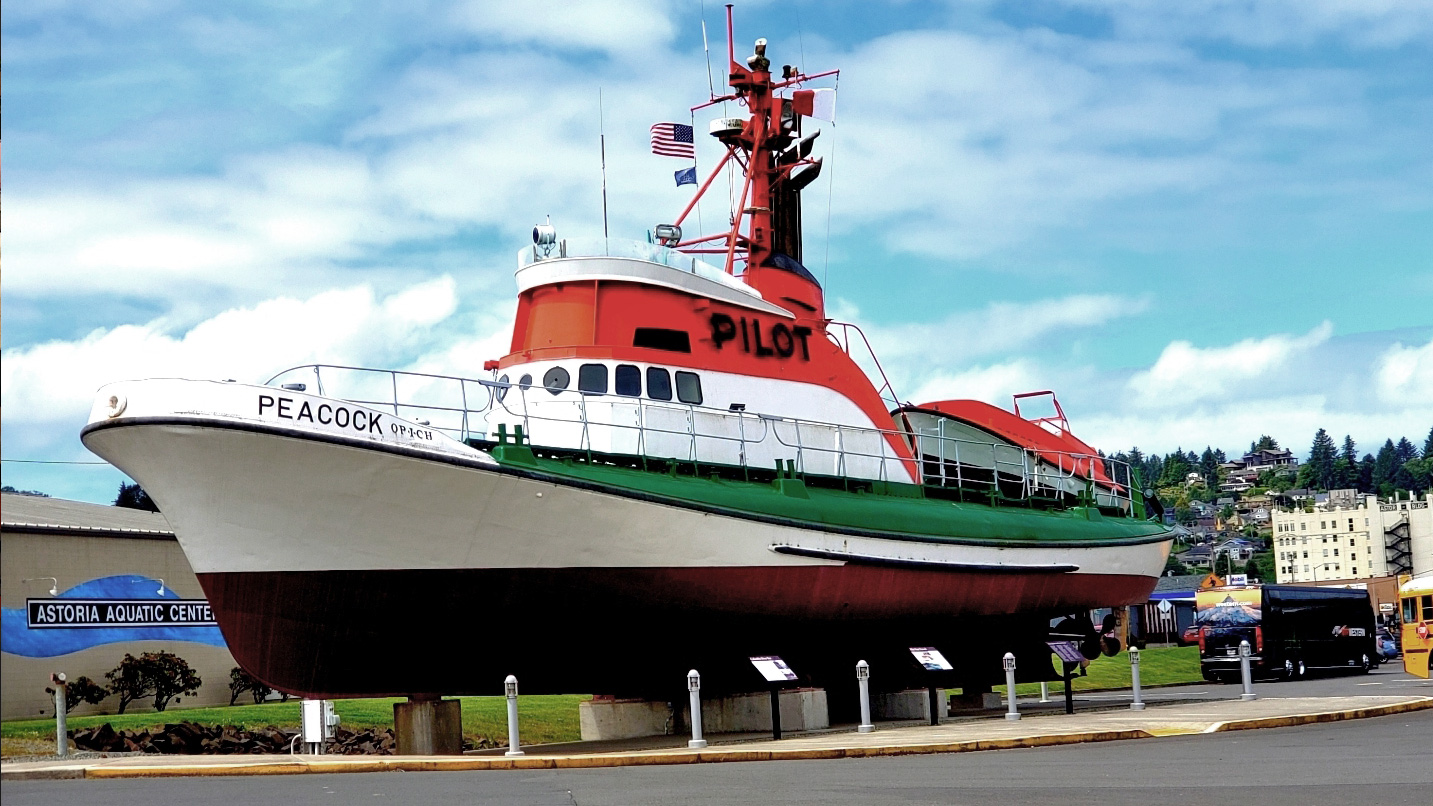
Favorite Exhibits Still Have a Place, Too
The new exhibits build on the museum’s strengths: By presenting stories about the Columbia River from many different perspectives, they drive home how thoroughly the river has shaped the people and places of the Northwest.
Many of the museum’s most popular exhibits will remain, continuing to captivate visitors. “Crossing the Bar” features rarely seen videos of vessels traversing the notoriously treacherous passage at the mouth of the Columbia and explains the role of the bar pilots who climb aboard oceangoing vessels to guide them in and out of the area’s turbulent waters. “The Science of Storms” uses augmented reality to show how storms form and gives visitors a chance to take on the role of weather forecasters in front of a green screen. A life-size troller, gillnetter and other commercial-fishing vessels help convey what working on the water entails. Shipwrecks, World War II, the hair-raising work of Coast Guard rescue crews, seafood canneries, nautical knots and maps all get their due here, with plenty of hands-on activities, displays and a 3D theater to keep kids entertained.
There’s much more outside, too, all included in the museum admission. The growing campus gets visitors up close to the pilot boat Peacock, a navigational buoy (who knew they were so huge?) and access to the Lightship Columbia, which served as a floating lighthouse to mark the river’s mouth from the 1950s to the ’70s.

